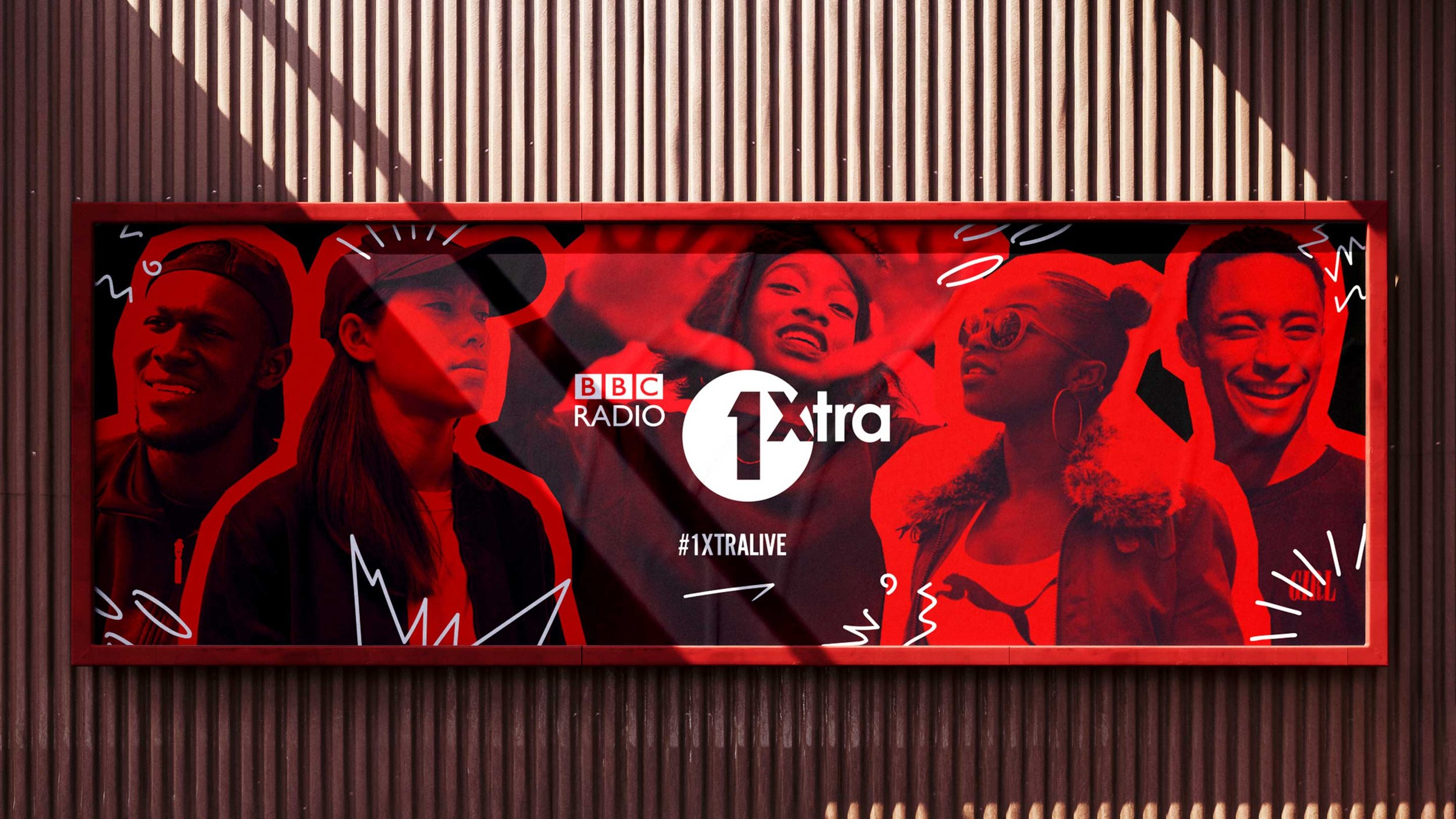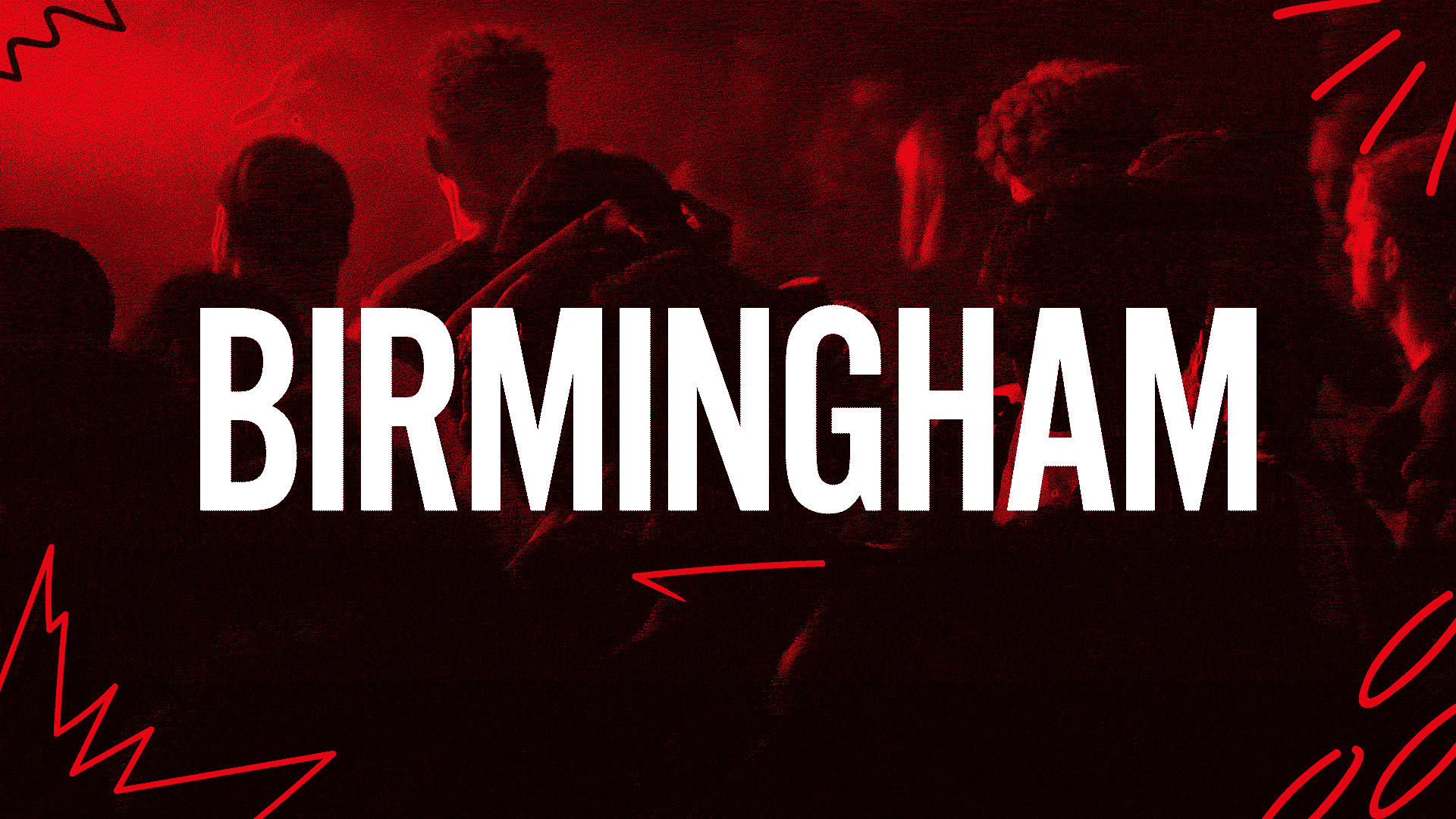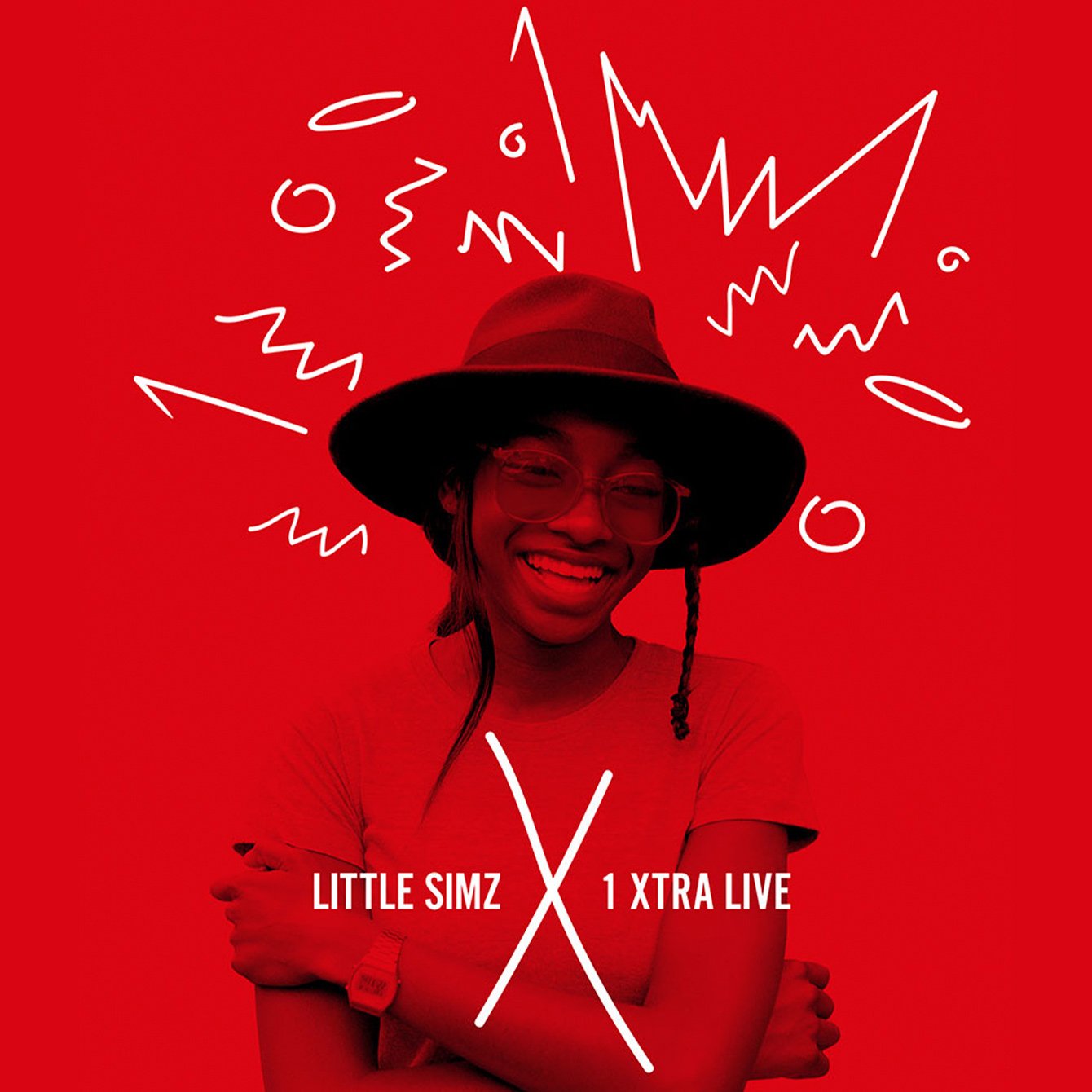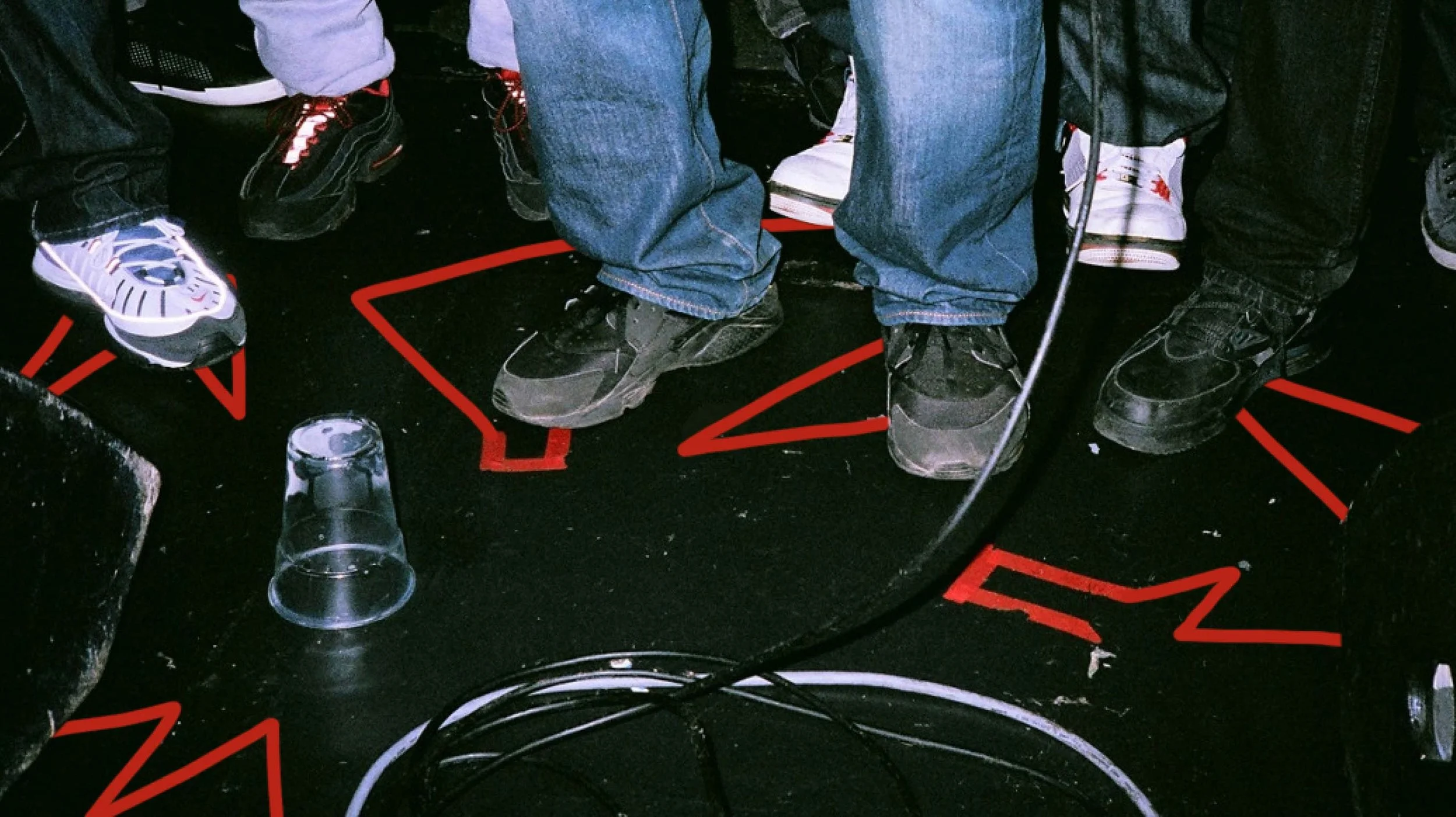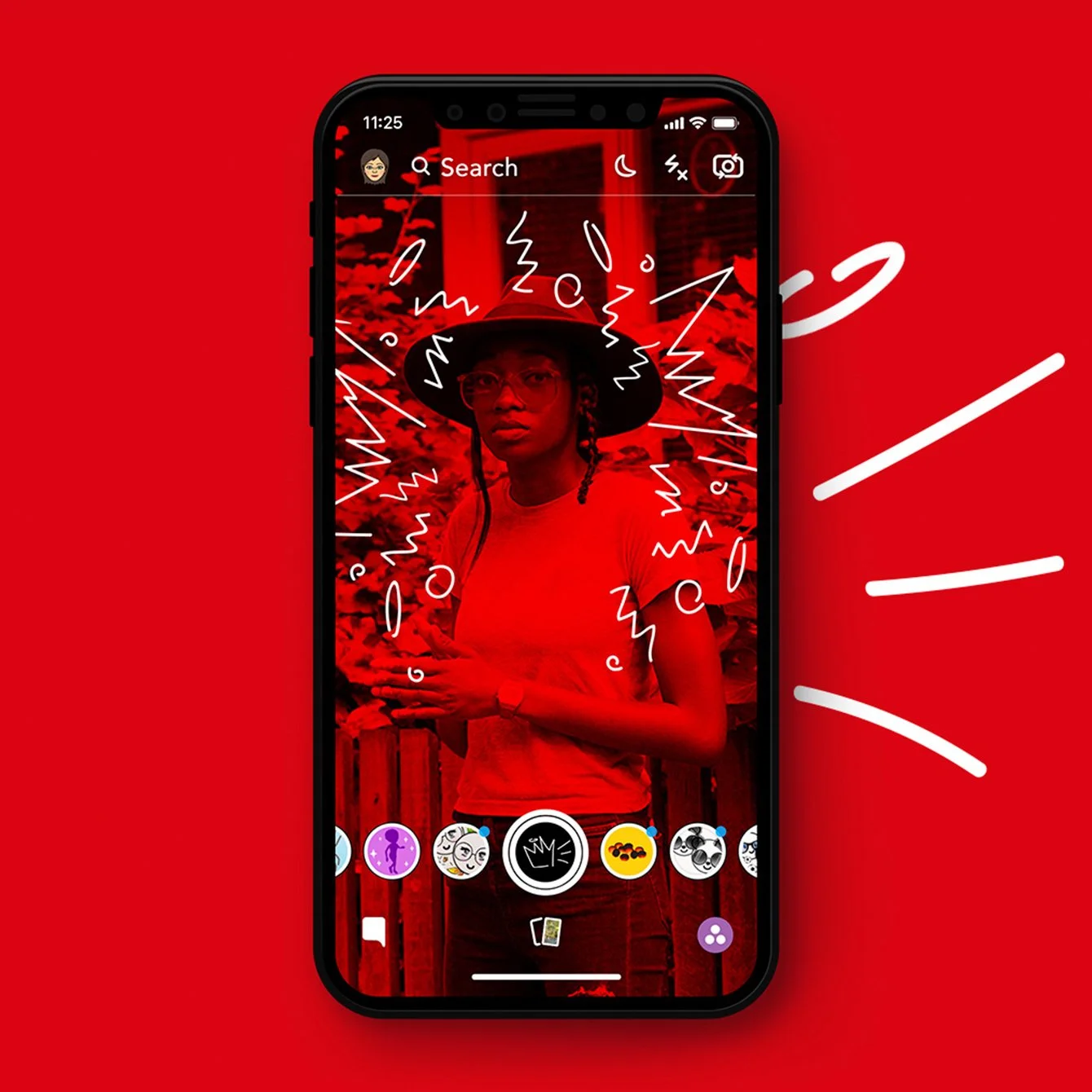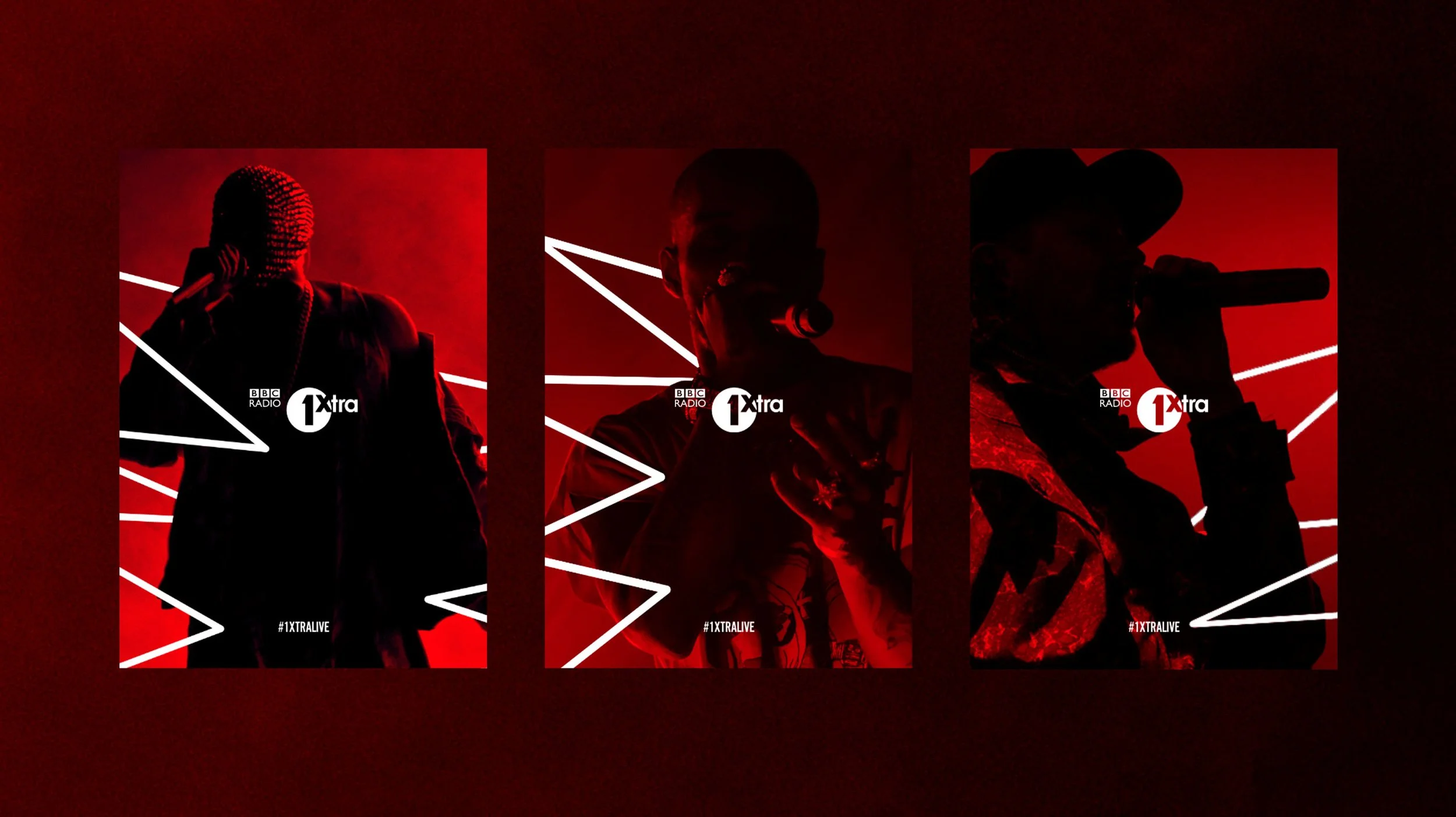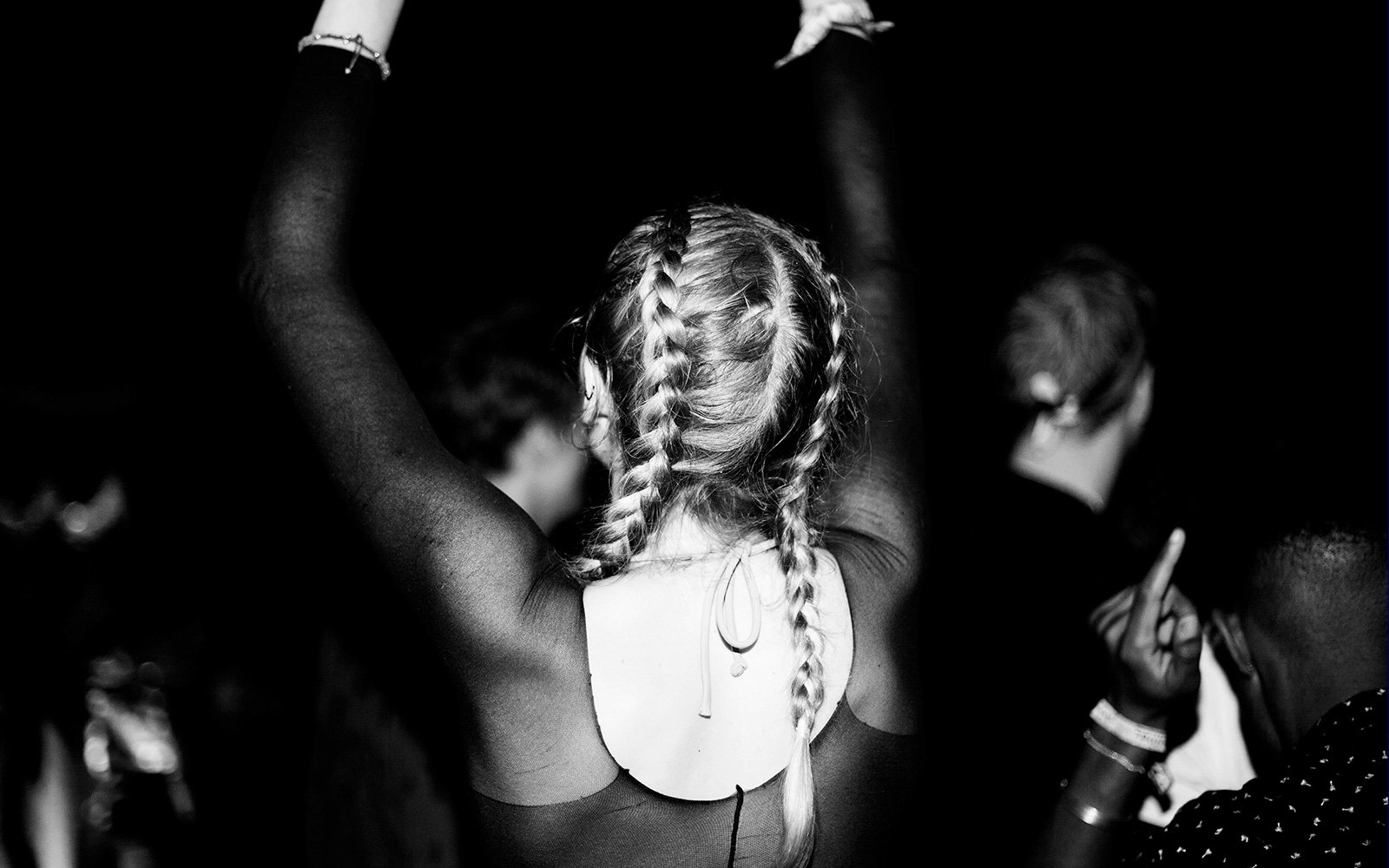
BBC 1XTRA
Collaborating with listeners to bring the music to life
1Xtra is the BBC’s digital radio station for hip-hop, grime and R&B. The BBC asked us to create a fresh identity for 1Xtra Live, the station’s flagship live event, which brings together 10,000 fans in chosen host cities and is broadcast online and on-air. The 1Xtra Live identity hadn’t been refreshed for over six years. The new identity needed to work within the 1Xtra identity and appeal to a young, BAME audience.
Our output included…
Audience research
Copywriting
Brand strategy
Visual identity
Digital guidance
Social media guidance
Photography
Art direction
To inspire, we needed to include. Our solution was an identity that the audience could interact with. The result had to be adaptable and easy to translate across digital, print, advertising and stage. We chose a bold, simple and approachable style with hand-drawn elements. This could be used off-air and on social media, as well as for the live event and outreach sessions. It could also act as another layer of the 1Xtra identity.
Radio 1Xtra is the only BBC brand specifically aimed at a BAME audience. Getting to know this hard-to-reach group was key to creating a standout identity. We used a combination of research, focus groups and workshops to shape our process and test our ideas. Creating an audience environment in the studio is an important part of our user-centred approach. For this project, we chose something that was common and personal to everyone: their bedroom.
We designed the identity to behave like a code, something to solve and get involved in. As the campaign moved closer to the 1Xtra Live event, the identity could shift and adapt to add more artists and reveal more information. Any area of the live event could be ‘tagged’ with the identity’s simple graphical system, bringing everything together in any venue. We also decided to make the identity wearable with limited edition T-shirts and collectable designs.
Our approach combined what we knew about the audience, the BBC and 1Xtra Live event. The insights we drew became the foundation for our ideas. We discovered a multi-talented, entrepreneurial and driven community. We learned that this audience needs to be communicated with, rather than talked at. Research also showed us that this is a group of collaborators and creators. To appeal to them, we needed to give people licence to make the identity their own.
